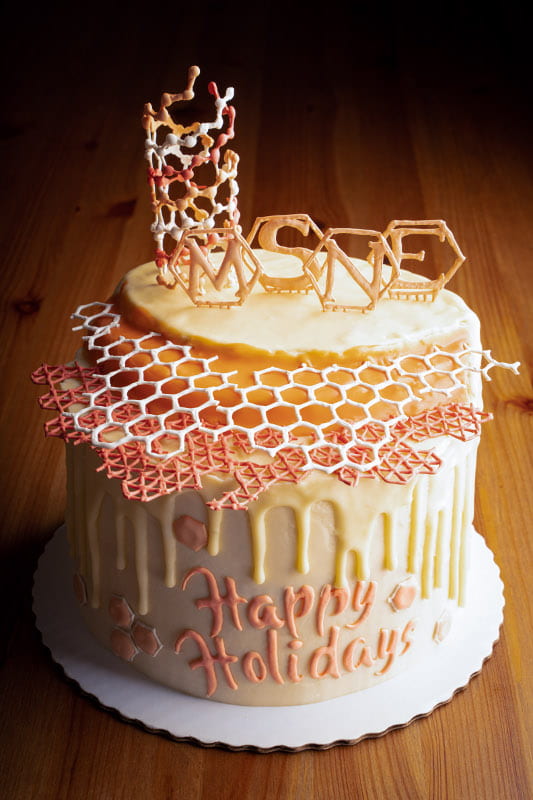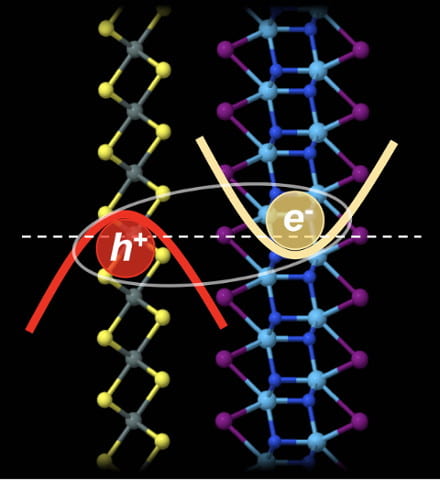A sweet way to say “Happy Holidays”
Not everyone can make cakes, but a great cake can come from anyone… or so it seems. Combining many years of experience in modeling the synthesis of carbon nanotubes (CNTs) and 2D materials, and obviously some serious culinary skills Ksenia Bets has scaled-up their production to say “Happy Holidays” on behalf of Yakobson’s group and the MSNE department.
The cake blends a candy nanotube (CNT), graphene and borophene from sugar (or possibly other solid sources) on a stepped glazed surface. The MSNE logo can also be seen on the top terrace.
For recipes visit this page.


 Mixing and matching computational models of 2D materials led scientists at Rice University to the realization that
Mixing and matching computational models of 2D materials led scientists at Rice University to the realization that